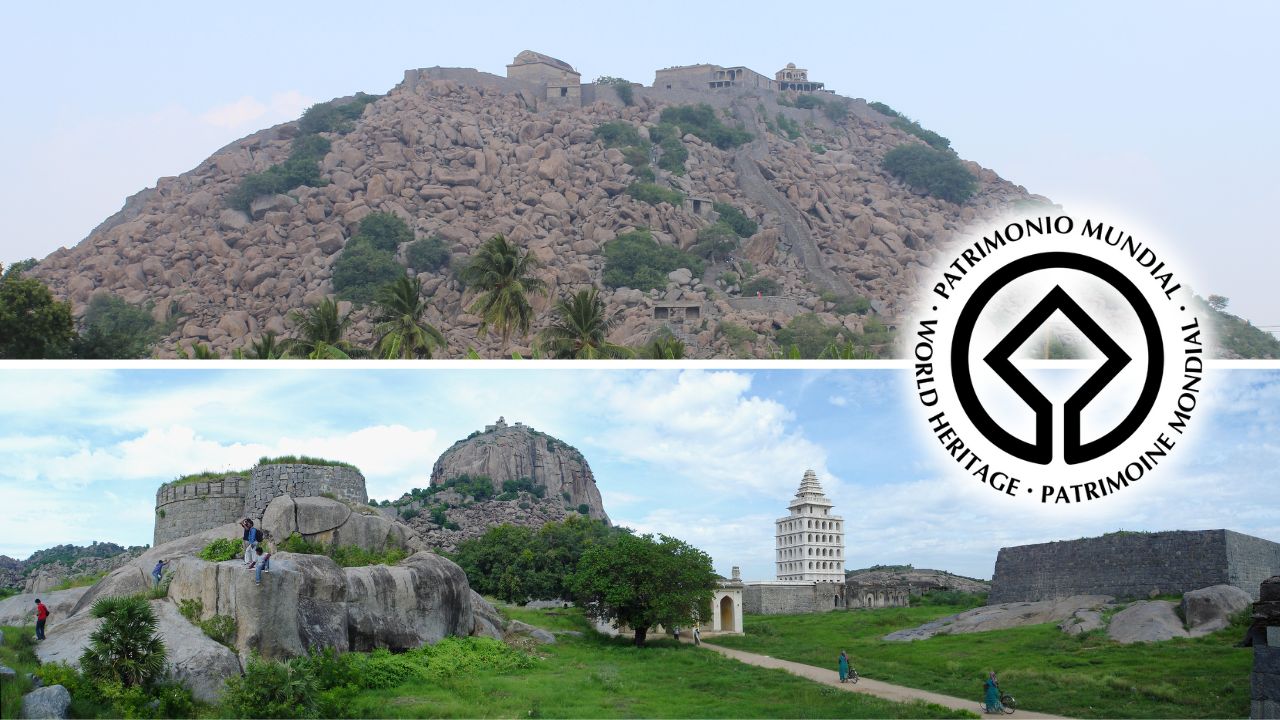The fort is part of the newly recognised “Maratha Military Landscapes of India”, a serial nomination comprising 12 forts that represent the Maratha Empire’s military architecture from the 17th to 19th centuries.
Published Jul 12, 2025 | 7:38 PM ⚊ Updated Jul 12, 2025 | 7:38 PM

Throughout much of the medieval and early modern period, it earned a reputation as one of the most impregnable fortresses in India.
Synopsis: Gingee Fort in Tamil Nadu’s Villupuram district has been inscribed as a UNESCO World Heritage Site, as part of the “Maratha Military Landscapes of India” during ongoing 47th session of the World Heritage Committee in Paris.
Gingee Fort in Tamil Nadu’s Villupuram district was officially inscribed as a UNESCO World Heritage Site on July 11, 2025, during the 47th session of the UNESCO World Heritage Committee held in Paris.
The fort is part of the newly recognised “Maratha Military Landscapes of India”, a serial nomination comprising 12 forts that represent the Maratha Empire’s military architecture from the 17th to 19th centuries.
While 11 of these forts are located in Maharashtra, Gingee is the only one from Tamil Nadu. With this inscription, India now has 44 UNESCO World Heritage Sites, placing it sixth in the world.
Located approximately 160 km from Tamil Nadu’s capital, Chennai, and 60 km from Puducherry, Gingee has a history spanning over a millennium.
Throughout much of the medieval and early modern period, it earned a reputation as one of the most impregnable fortresses in India – referred to by the British as the “Troy of the East”, and similarly praised earlier by Maratha Empire founder Shivaji Bhonsle.
The fort complex stretches across three hillocks – Rajagiri, Krishnagiri, and Chandrayandurg – enclosed by a 13-km-long granite wall and an 80-foot-wide moat, covering an area of about 11 square kilometres.
Its origins can be traced to the 9th century under the Chola dynasty, which built a small fort. It was later modified by the Kurumbar kings in the 13th century and significantly expanded under the Vijayanagara Empire.
The site is currently maintained by the Archaeological Survey of India.
(Edited by Dese Gowda)
